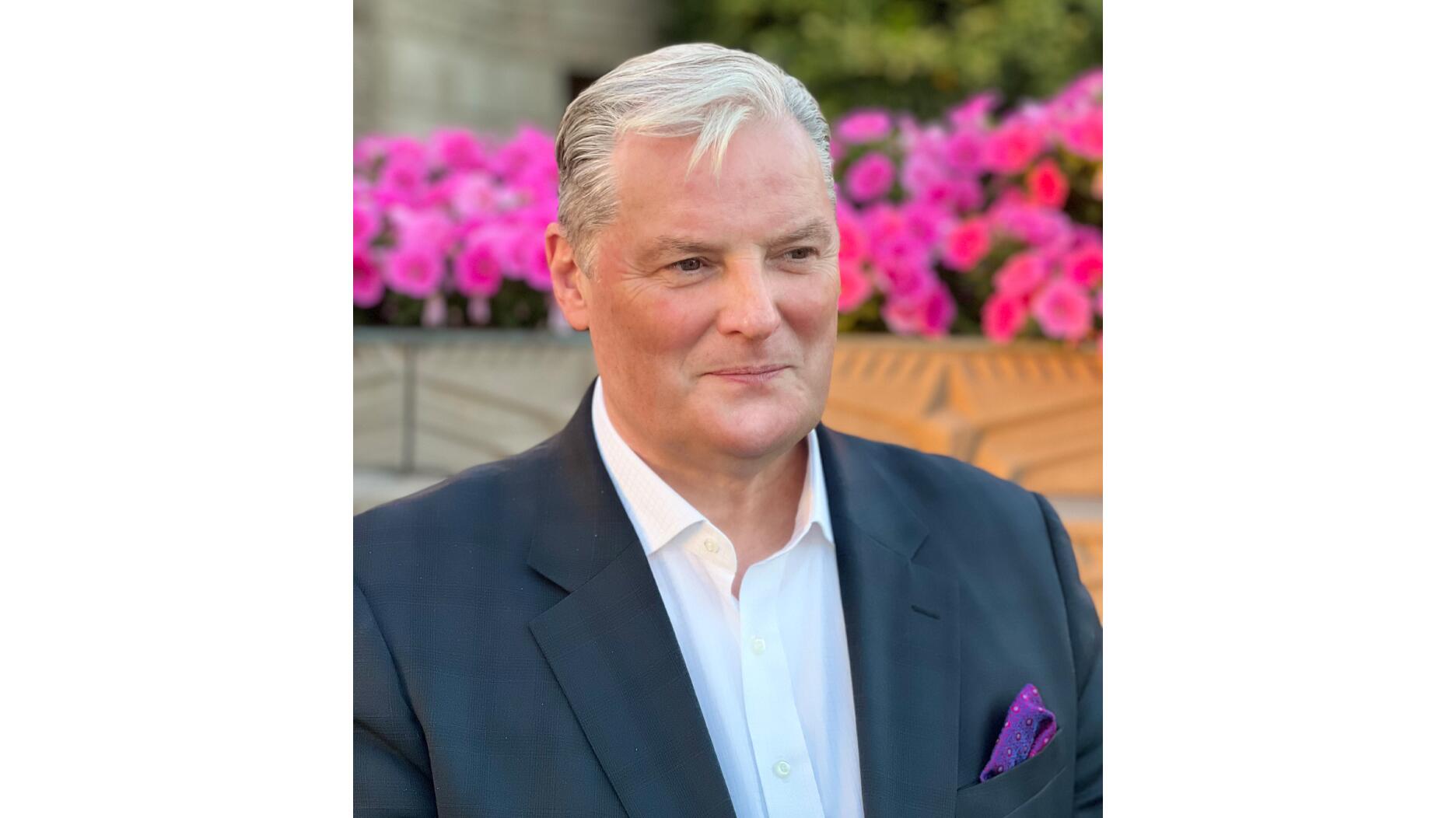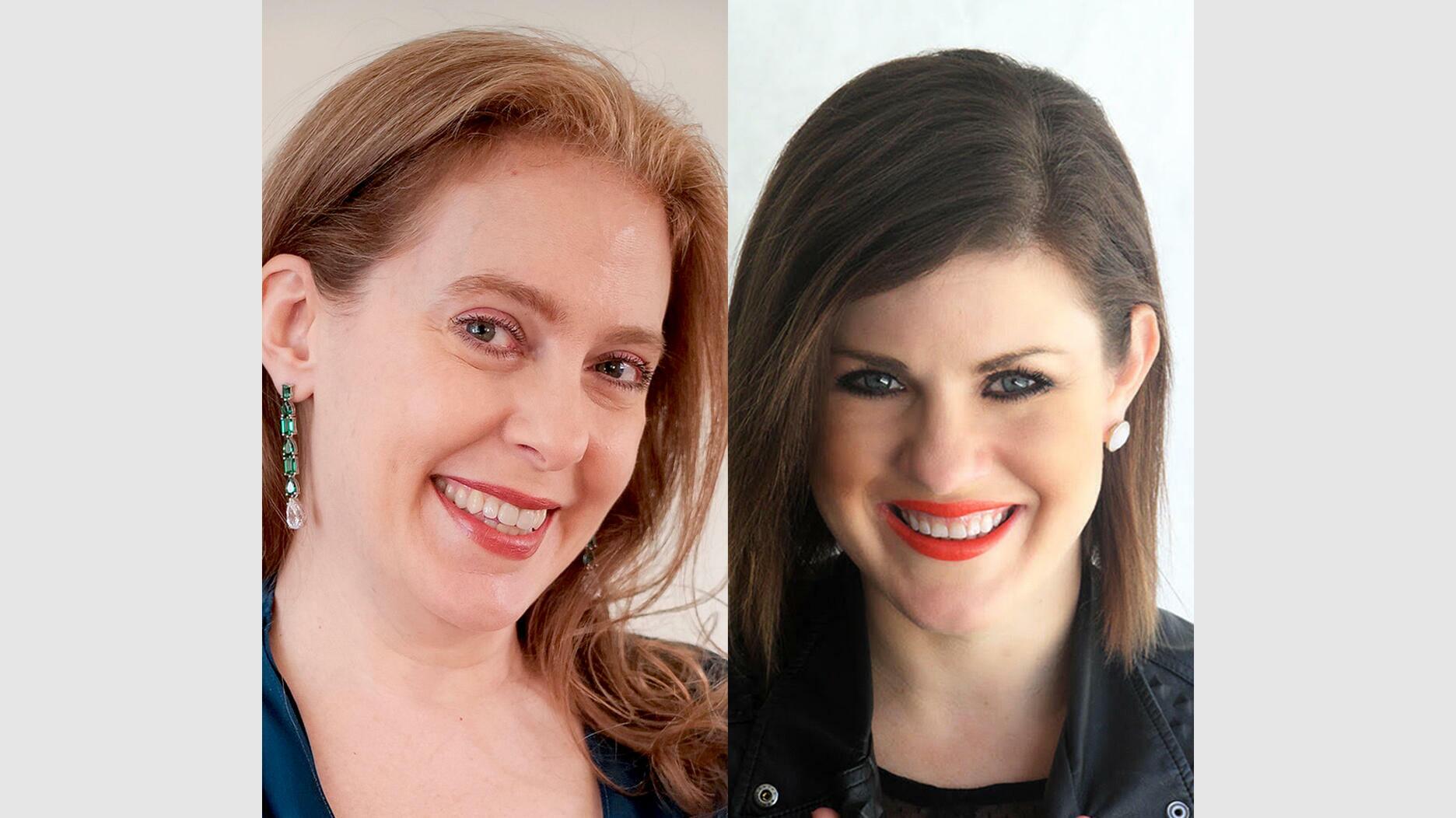Peter Smith: The Importance of Culture in Hiring
Smith explores why a qualified candidate might still not be right for the job.

Just in the past few days, I’ve heard of a handful of people leaving positions after very short periods.
This includes employees who relocated for their new roles and within weeks or months were gone, leaving a trail of disappointment, dejection, and wasted financial resources.
Why is that? Why are so many companies getting it so wrong?
Or, are the candidates getting it wrong?
Bob Corlett, the founder and president of Staffing Advisors, wrote in the Washington Business Journal, “Most people are hired for skills but fired for ‘fit.’ People who don’t ‘fit in’ don’t last long in most organizations.”
If we assume that those candidates were appropriately vetted, their backgrounds checked, and their suitability for the positions satisfied, then the disconnect between performance and expectation, as evidenced by the hasty departures, clearly points to a problem.
Nobody wants to start a new job and find out in short order that they’ve made a mistake.
No employer wants to undertake the oftentimes stressful and time-consuming process of interviewing people, salary negotiations, potential relocations, and the deployment of resources for onboarding to have to unwind so quickly.
So, why does that continue to happen and what can we do about it?
Culture has sometimes been described as the water in which a fish swims. He doesn’t know it’s water, he has no frame of reference, and he couldn’t describe it to you even if you spoke fish and asked him (don’t spend too much time thinking about what fish sounds like; it’s a secret language).
If we take the fish and water metaphor to its next logical step, consider what happens when a fish is removed from water.
That image of a fish fighting for survival is not unlike the feeling one has when they find themselves in a culture that is fundamentally misaligned with who they are.
That awful realization that this is a mistake can be felt from the employee and the employer, and it can happen very fast.
The resolution can sometimes be dragged out as all sides try to find a solution, but it more often ends in separation because cultural misalignment is almost impossible to reconcile.
Organizational culture (whether it is by design or default) rarely, if ever, adapts to a new hire; it has to be the other way around.
There are exceptions, of course. A strong new leader can change the culture of an organization if they have a mandate to do so, and the necessary time and resources to make it happen.
Culture-fit is an intangible, but it has very tangible consequences when we get it wrong.
The candidate can have the requisite experience, the right traits and intellect, great work ethic, and a willing and excited employer ready to engage them, and yet we still get things wrong, even with the most important hires.
So why do we continue to make these mistakes despite the heavy cost to business, customers, and the existing teams?
In short, we continue to make hiring mistakes because we vastly underestimate the importance of culture fit.
In “Unleash Your Primal Brain,” author Tim Ash wrote, “If someone is not in accord with the behaviors and beliefs of the group, they are, by definition, a poor team member. Severe social sanctions will often fall on such people. They will either be forced to conform or removed from the group.”
That does not make them bad people. They could be great people but just not right for your group.
In condensing a solution to its most basic level, I would suggest that we document those behaviors and beliefs and then build a small portfolio of questions to be included in your interviewing process. (You do have a structured interview process, yes? Phew! Can you imagine not having one!)
Use the culture questions to fully explore the things the candidate holds dear and the things that matter most to the organization. Do they align? Are there significant disconnects?
Putting those questions together and adding them to the interview process is a critical exercise in helping the hiring manager, and the candidate, to better explore the things that could derail a relationship that otherwise checked all the boxes on talent, work ethic, experience, etc.
Some of the things that culture questions can reveal is a candidate who does not respond well to being micro-managed in an organization that is all about that.
A candidate who is excited about innovation and change in an organization that is resistant to change.
A candidate with aspirations to grow in a family business where the senior team are all related and not going anywhere.
A candidate who is most comfortable working at a deliberate pace in a company that operates at warp speed, or vice versa.
A candidate who needs a months-long ramp-up and all sorts of handholding in an organization that needs you to hit the ground running with the minimum amount of help.
There are literally dozens of reasons why someone might not work out. Sometimes it is as insidious as an incumbent employee in the organization who casts a large and destructive shadow and who the company isn’t willing to address.
In “For The Culture,” author Marcus Collins wrote, “People are looking to be a part of something just as much as you are looking for people to join you. You just have to find the right congregational fit.”
Amen to that!
The Latest

“Bridgerton” actresses Hannah Dodd and Claudia Jessie star in the brand’s “Rules to Love By” campaign.

Founded by jeweler and sculptor Ana Khouri, the brand is “expanding the boundaries of what high jewelry can be.”

The jewelry manufacturer and supplier is going with a fiery shade it says symbolizes power and transformation.

How Jewelers of America’s 20 Under 40 are leading to ensure a brighter future for the jewelry industry.

The singer-songwriter will make her debut as the French luxury brand’s new ambassador in a campaign for its “Coco Crush” jewelry line.


The nonprofit’s new president and CEO, Annie Doresca, also began her role this month.

The trade show is slated for Jan. 31-Feb. 2 at The Lighthouse in New York City's Chelsea neighborhood.

Roseco’s 704-page catalog showcases new lab-grown diamonds, findings, tools & more—available in print or interactive digital editions.

January’s birthstone comes in a rainbow of colors, from the traditional red to orange, purple, and green.

The annual report highlights how it supported communities in areas where natural diamonds are mined, crafted, and sold.

Footage of a fight breaking out in the NYC Diamond District was viewed millions of times on Instagram and Facebook.

The supplier has a curated list of must-have tools for jewelers doing in-house custom work this year.

The Signet Jewelers-owned store, which turned 100 last year, calls its new concept stores “The Edit.”

Linda Coutu is rejoining the precious metals provider as its director of sales.

The governing board welcomed two new members, Claire Scragg and Susan Eisen.

Sparkle with festive diamond jewelry as we celebrate the beginning of 2026.

The master jeweler, Olympian, former senator, and Korean War veteran founded the brand Nighthorse Jewelry.

In its annual report, Pinterest noted an increase in searches for brooches, heirloom jewelry, and ‘80s luxury.

Executive Chairman Richard Baker will take over the role as rumors swirl that a bankruptcy filing is imminent for the troubled retailer.

Mohr had just retired in June after more than two decades as Couture’s retailer liaison.

Shekhar Shah of Real Gems Inc. will serve as president of the Indian Diamond & Colorstone Association in 2026.

This year’s good luck charm features the mythical horse Pegasus, and is our first Piece of the Week of the new year.

Articles about crime, engagement rings, and a necklace worn in the World Series generated the most interest among readers.

As part of the leadership transition, Sherry Smith will take on the role of vice president of coaching strategy and development.

It marks the third time the country has headed the Kimberley Process. Ghana will serve as vice chair.

The new Bulova x Stetson designs highlight two animals often associated with the American West—the bison and the Texas Longhorn.

Its residency at Yamron Jewelers will run through May 2026.





























